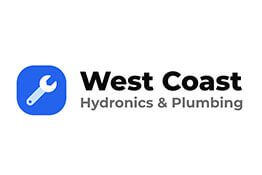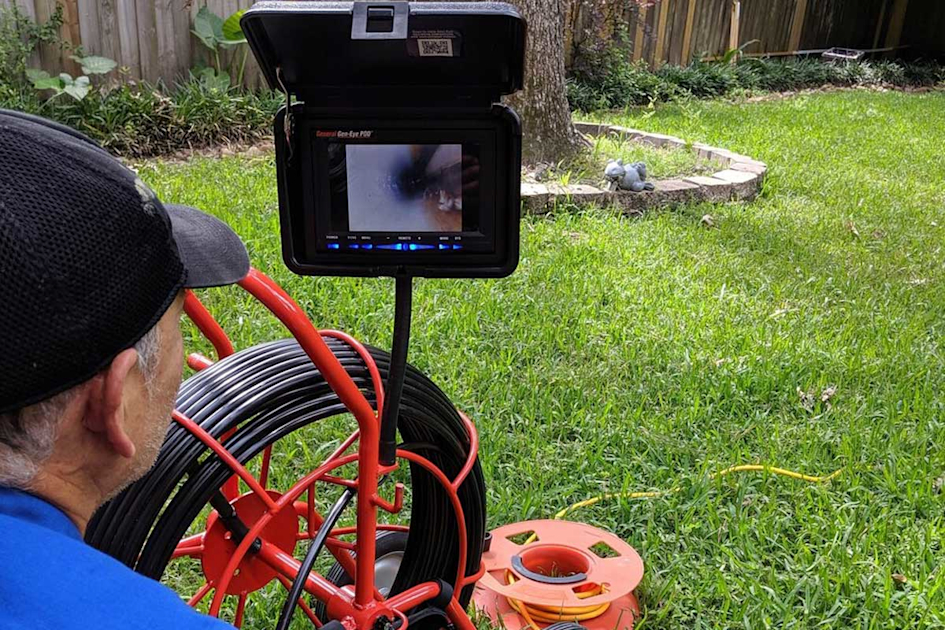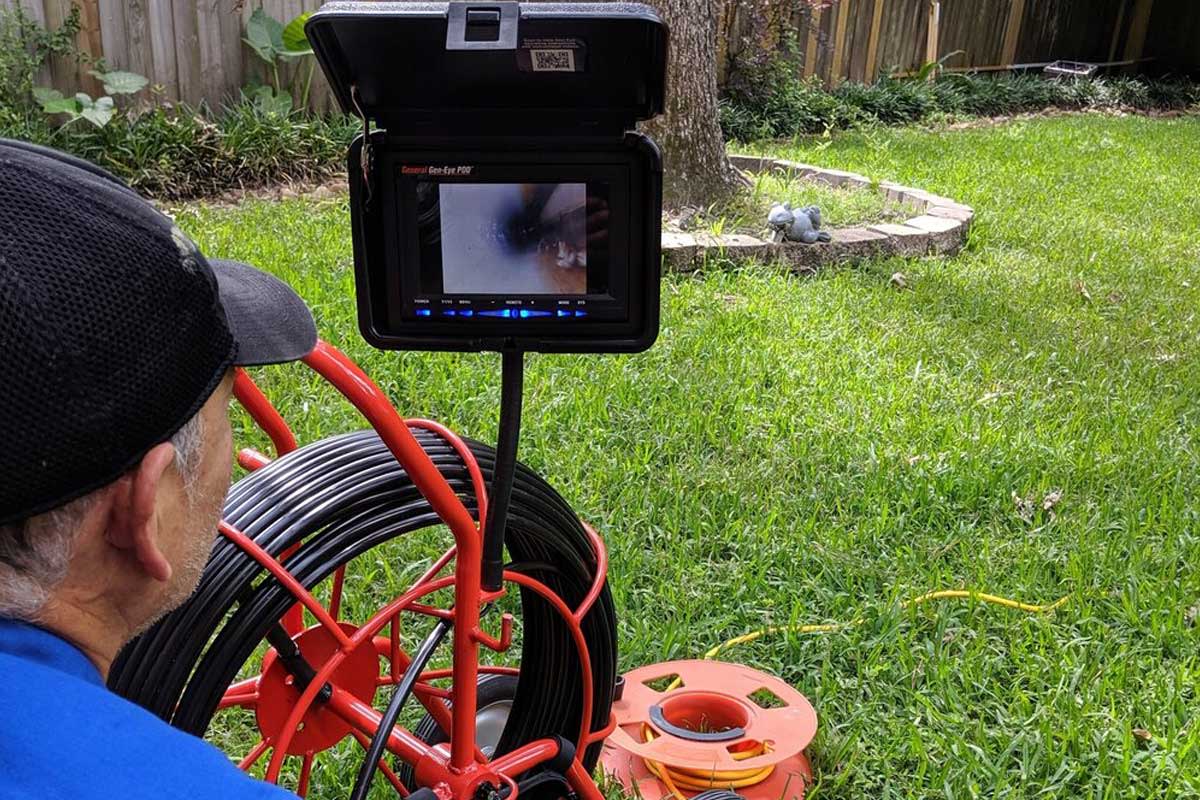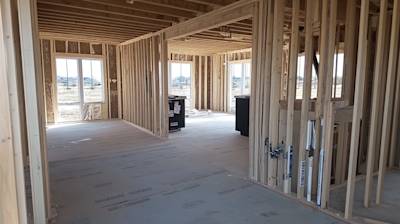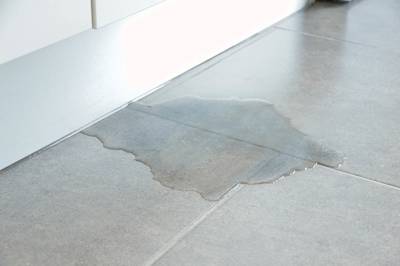If you're a homeowner or business owner, you've likely experienced or heard about the nightmare of sewer line issues. Managing sewer lines may not be the most fascinating subject, but it's undoubtedly essential. This is where routine sewer line inspection comes in. These simple and cost effective checks can help you prevent potentially massive and costly problems down the line. In this blog post, we will delve into the details of what sewer line inspection involves, the importance of these inspections, as well as the advanced technology used in the process.
Understanding Sewer Line Inspection
Sewer line inspection is a critical procedure that should be part of your property’s routine maintenance schedule. As the name suggests, it involves inspecting the sewer lines to identify any existing or potentially impending problems. These issues may be complex and varied, encompassing blockages, leaks, root infiltrations, and irregular pipe sloping, among others.
The Importance of Sewer Line Inspections
Just as preventive healthcare helps identify potential health issues early, regular sewer line inspections serve a similar purpose for your property. Let's delve into why these inspections are crucial:
- Early Identification: Sewer line inspections allow homeowners and property managers to identify issues before they escalate into a full-blown disaster.
- Cost-Effective: Regular inspections can help to save money in the long run by spotting potential problems that could result in costly repairs if left unattended.
- Preservation of Property Value: A property with well-maintained sewer lines is likely to have a higher value compared to one that suffers from frequent sewer issues.
How a Sewer Line Inspection is Conducted
Sewer line inspections are conducted using a remote camera attached to a flexible rod. This advanced technology has made the process non-intrusive and highly efficient. Here's how it typically works:
- The camera is inserted into the sewer line via a cleanout, which is a point of access to the sewer pipe.
- It is then pushed down the line, offering live video feed of the interior of the sewer line.
- The technician conducting the inspection can see the inside of the pipe in real-time and can identify cracks, blockages, and other issues.
- Further decisions on whether to repair or replace sections of the sewer line can then be made based on the findings of the inspection.
The Role of Technology in Sewer Line Inspections
Technology has revolutionized the field of sewer line inspections. Traditional methods were not only time consuming but also often involved digging up the yard, which is inconvenient and potentially costly. Modern-day inspections are far more efficient, thanks to technological advancements including:
- Video Inspection: Video technology has paved the way for a minimally invasive and more thorough inspection process. The high-resolution cameras used in these inspections can capture detailed images and videos of the pipe's condition.
- Rodder Technology: Flexible rod technology enables the cameras to navigate through the entire length of sewer lines, including corners and more remote sections.
- GPS Technology: Sewer inspection cameras can be equipped with GPS technology. This allows the technicians to pinpoint the exact location and depth of the sewer line problems, making the process of repairing or replacing the pipes more precise and less invasive.
Professional Sewer Line Inspection Services
While the process may seem straightforward, it's crucial to entrust your sewer line inspection to professionals. Experienced technicians have the knowledge to interpret the footage, identify any issues correctly, and provide precise, comprehensive reports on the state of your sewer lines. They are also trained to handle these specialized equipment properly and safely.
Regular Inspections for Peace of Mind
A well-maintained sewer line system is integral to the overall health of your property. By planning regular sewer line inspections, you can ensure that any potential problems are identified and addressed early, saving you from disruptive emergency repairs and unnecessary expense. Remember, in property maintenance, as in health, prevention is better, and often cheaper, than cure.
Frequently Asked Questions about Sewer Line Inspection
How often should you have your sewer line inspected?
As a rule of thumb, you should inspect your sewer line every 18 to 24 months. However, this might change depending on several factors - age of your property, sewer line's age, and any previous issues with the line. For instance, if your residence is over 30 years old, inspections should be more frequent due to a likely outdated sewer system.
What does a sewer line inspection involve?
A professional inspector uses a special sewer camera during an inspection. This camera is attached to a flexible rod and is inserted into the sewer line. As it moves along, it transmits images to a monitor, giving a detailed, real-time view of your sewer line's condition. The inspector then evaluates these images to identify any issues.
Who should perform a sewer line inspection?
Sewer line inspections should always be performed by a licensed professional, equipped with the required tools and training. If not handled by a seasoned professional, incorrect assessments might lead to unnecessary repairs or overlooking key issues, which could further deteriorate the sewer line conditions.
What issues can be identified during a sewer line inspection?
An inspection can unveil a multitude of problems such as blockages, leaks, cracks, root intrusions, and bellied pipes (sections of the pipe that have sunk). Early detection of these problems can save a lot of time, money, and inconveniences.
How long does a sewer line inspection usually take?
Typically, a thorough sewer line inspection might take about one to two hours. Depending on the size of the property and the sewer line's accessibility, it can take longer. It's also worth noting that more complex cases involving blockages or severe damages might require additional investigation time.
How much does a sewer line inspection cost?
The cost of a sewer line inspection can vary widely based on your geographical location, the complexity of the sewer system, and the professional you hire. On average, homeowners can expect to pay anywhere between $250 to $500 for a comprehensive inspection.
What happens after a sewer line inspection?
After the sewer line inspection, the inspector will provide a detailed report outlining their findings. The report will detail issues, severity, and suggested solutions. Based on the report, homeowners should take necessary actions quickly to halt further issues.
Can a sewer line inspection help during home purchases?
Yes, absolutely. A sewer line inspection is an essential part of the pre-purchase structural surveys of a property. Identifying any issues with the sewer line before purchasing can help negotiate the price or request the necessary repairs from the seller, ensuring you don't inherit expensive sewer line problems.
Pros and Cons of Sewer Line Inspection
Pros of Sewer Line Inspection
Preventative Maintenance
A thorough sewer line inspection can provide significant preventative maintenance advantages, such as:
- Identifying minor problems before they escalate into costly repairs.
- Detecting blockages and other potential hazards early.
- Allowing you to plan for scheduled maintenance instead of unexpected repairs.
Property Value Protection
Property value can be significantly affected by sewer line health. An efficient sewer line attracts buyers and increases property value. Some key points to consider are:
- Buyers are more likely to invest in a property with a thoroughly inspected and maintained sewer line.
- A well-maintained sewer line can lead to lower insurance premiums in some cases.
- Professional sewer line inspections provide documentation of maintenance, which can prove useful in property transactions.
Preserving Health and Hygiene
A sewer line in good condition is crucial for health and hygiene. Benefits of regular sewer line inspections related to health and hygiene include:
- Preventing harmful bacteria and molds from entering your living spaces through leaks.
- Keeping your living environment free from unpleasant odors caused by sewer line issues.
- Maintaining the overall sanitary conditions of your property by preventing overflow and backflow incidents.
Cons of Sewer Line Inspection
Financial Cost
While sewer line inspections can save you money in the long run, they do come with an upfront cost. Some considerations here include:
- Professional sewer line inspections can be quite expensive, depending on the area and the complexity of the system.
- The cost can increase if the sewer line system is aged or difficult to access.
- Additional repair or maintenance work discovered during the inspection can lead to unforeseen expenses.
Time and Inconvenience
Sewer line inspections can be time-consuming and cause some disruption to your daily routine. Key points to keep in mind are:
- Depending on the scope of the inspection, it can take several hours or even a few days to complete.
- Large inspections may require you to temporarily vacate certain areas of your property.
- Urgent repair work discovered during the inspection could lead to further disruption.
Potential Damages
Despite the industry's best practices followed during a sewer line inspection, some unavoidable risks can lead to potential damage. Some such factors include:
- Older pipes may be sensitive to the inspection process and can potentially crack or break.
- Landscaping around your property might be disturbed if invasive methods are used during the inspection.
- Inaccurate results due to human error can sometimes lead to unnecessary excavation and associated damage.
Summary
Regular sewer line inspection can save you a ton of headache down the line. Pipes won't last indefinitely, and over time they’re prone to cracks, clogs and corrosion. Inspecting them not only uncovers their current state, but can also reveal problem spots before they lead to a messy, costly breakdown.
Don’t overlook the importance of a sewer line inspection, especially if you're buying a new home. A professional inspection can reveal any potential problems such as tree roots growing into the sewer line or old, damaged pipes that need replacing. It’s always better to be safe than sorry, as sewer line problems are expensive and headache-inducing to fix.
So maintain the good health of your home by keeping up with sewer line inspections. Timely inspections can help you catch issues before they become full-blown disasters. Don’t wait for a blockage to force your hand. With regular sewer line inspections, you can keep everything flowing as it should, providing you with extra peace of mind.
About West Coast Hydronics & Plumbing
Welcome to West Coast Hydronics & Plumbing, your go-to provider for top-notch plumbing services in Sacramento, CA! Backed by a dedicated team of professional plumbers, we pride ourselves in delivering exceptional services from residential to commercial plumbing, new construction plumbing, and various hydronics systems. Whether it's a small leak or a major installation, we've got your back. We're more than just a service - we're a promise for quality, efficiency, and the best service you've experienced yet. To get a taste of what we offer, feel free to check out our website.
